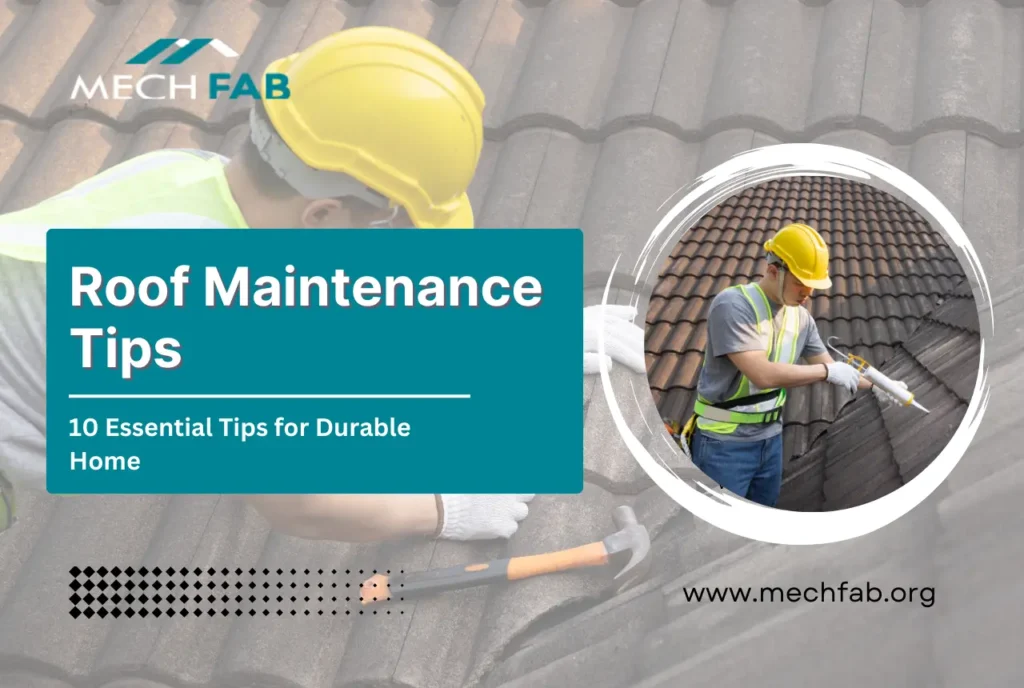Think of your roof as your home’s first line of defense. It shields you from rain, snow, and the sun’s harsh rays. But just like any shield, a roof needs regular care to stay strong. Here’s the good news: investing a little time and effort in roof maintenance can save you a lot of money down the road. Therefore, we are here with some of the best roof maintenance tips you can use to make your home more durable.
Preventive care helps catch small problems before they become expensive repairs. Sometimes, we do not notice that the regular rain, snow, or sun harms the roof material. Hence, it is also equally important to choose the best material while building the house.
Top 10 Roof Maintenance Tips for a Durable Home
1. Schedule Regular Roof Inspections
DIY roof maintenance is good but sometimes our roofs might need professional care. Twice a year is ideal, best in the fall before winter and spring after harsh weather. Before and after storms, take a quick peek for any loose debris or obvious damage. A professional inspector will look for missing shingles, worn areas, and potential leaks.
2. Clean Your Roof Regularly
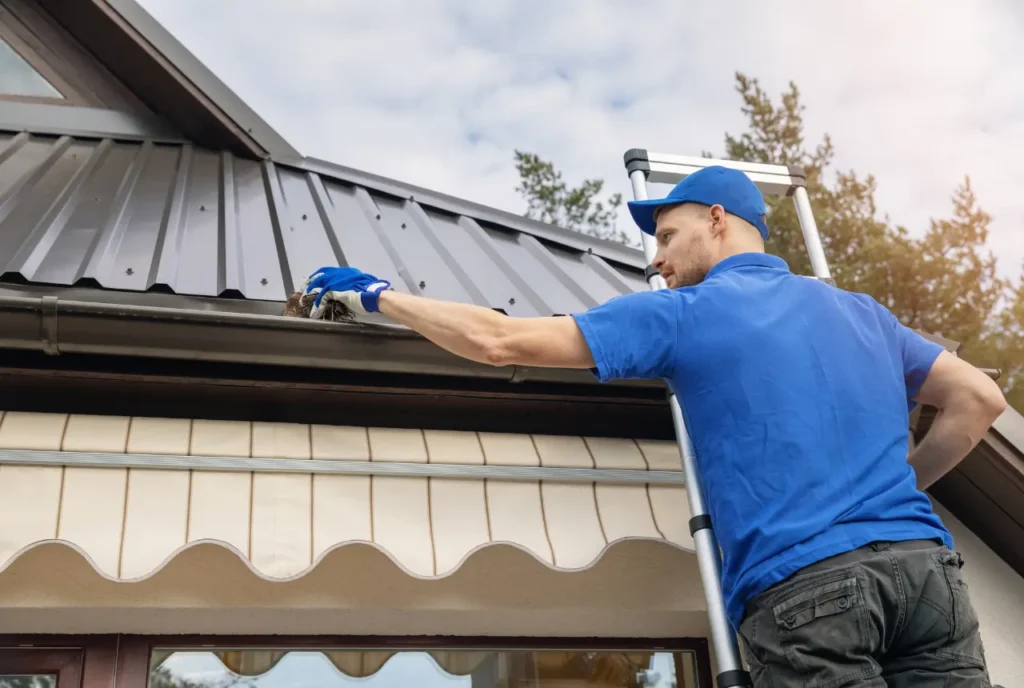
Leaves, pine needles, and moss act like tiny sponges, trapping moisture that can damage shingles. Use a leaf blower to clear debris from a safe distance. If you need to walk on the roof, wear soft-soled shoes to avoid damaging shingles. For steeper roofs or hard-to-reach areas, consider hiring a professional cleaning service. Carry out roof moss removal from time to time to ensure proper drainage of rainwater.
3. Trim Back Overhanging Trees
Branches scraping against your roof during storms can tear and loosen shingles. Keep branches at least 3 feet away from your roofline. They may even dampen areas that do not get enough sunlight to dry. It is prudent to keep the branches around the roof short and trimmed. For proper trimming techniques, consult a certified arborist.
4. Check and Repair Flashing Around Roof Penetrations
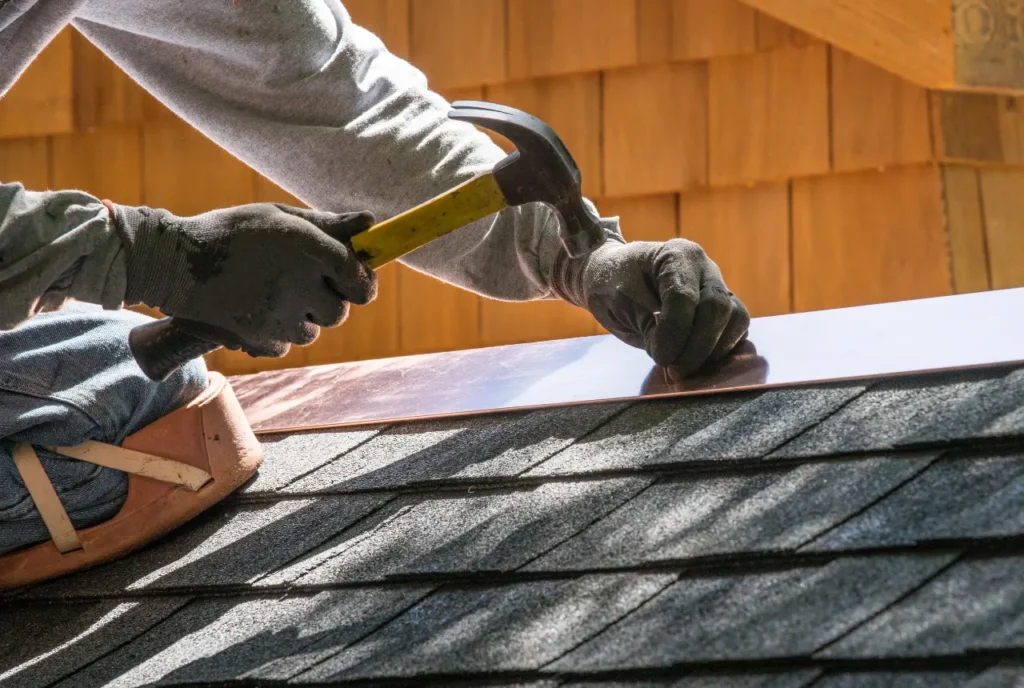
Flashing is the metal material that seals around chimneys, vents, and other openings. Look for cracks, rust, or loose sealant. These sealants, if left unchecked, might lead to a leakage that might damage your ceiling. Minor tears might be fixable with sealant, but major repairs require a professional. Flashing plays a crucial role in waterproofing, so don’t neglect it!
5. Address Missing or Damaged Shingles Promptly
A missing shingle is an open invitation for leaks. During inspections, keep an eye out for shingles that are cracked, curled, or simply not there. Replace them as soon as possible to prevent further water infiltration.
6. Ensure Proper Ventilation in Your Attic
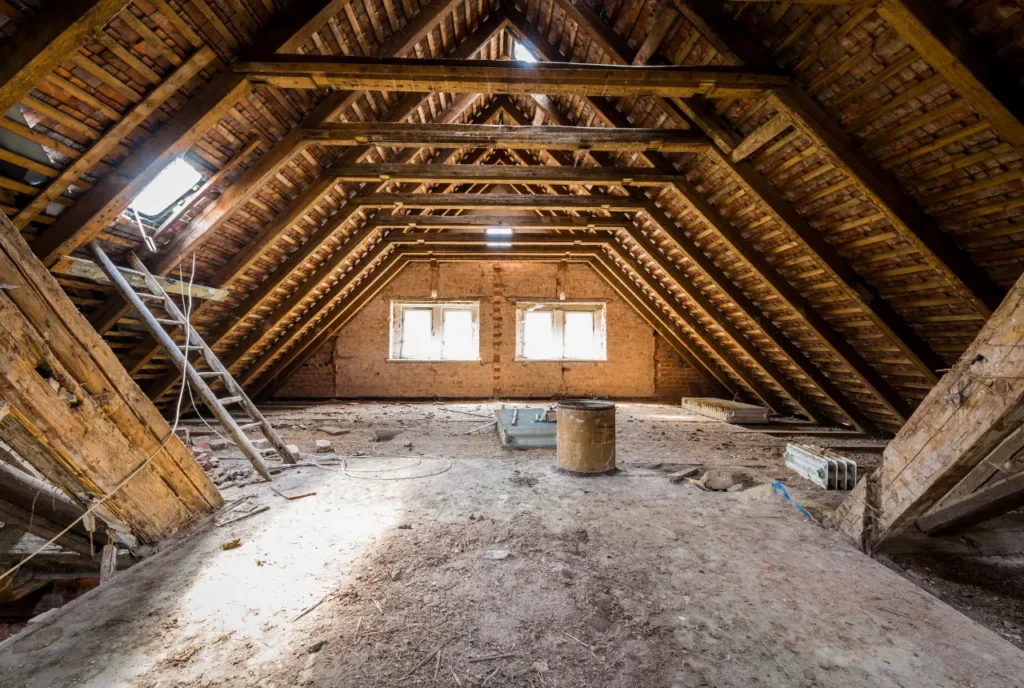
Good attic ventilation helps regulate temperature and prevents moisture buildup. This is especially important to prevent ice dams in cold climates. There are different types of roof vents, such as soffit vents and ridge vents. Make sure they’re clear of debris and functioning properly.
7. Maintain Proper Roof Drainage
Clogged gutters and downspouts are like bullies to your roof, forcing water to pool around it and potentially seep in. To avoid this, clean your gutters regularly, especially after heavy rainfall or during fall’s grand leaf shedding. Gutter guards can be a lifesaver by minimizing how often you need to climb that ladder.
8. Be Mindful of Walking on Your Roof
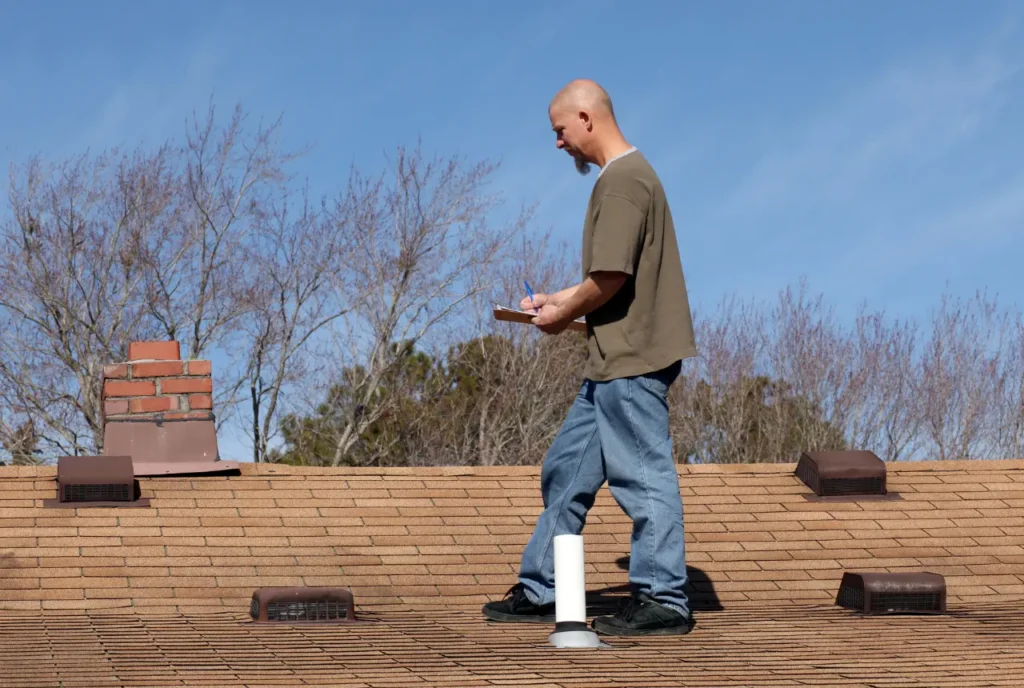
Avoid walking on your roof whenever possible. Shingles can be easily damaged, especially by shoes with cleats or hard soles. If you must go up there, wear soft shoes and walk on the flat part of the shingles, not the edges. Remember, a ladder might be a better option for accessing specific areas like chimneys or skylights, minimizing the need to walk on larger sections of your roof.
9. Consider Applying Roof Sealant (For Older Roofs)
Roof sealant can be a lifesaver for older roofs, acting like a protective coat that extends their lifespan. Different sealants offer varying benefits, so consulting a professional roofer is crucial. They can assess your specific roof type and condition to determine if sealant is the right choice and recommend the most suitable product.
10. Document Your Roof Maintenance Routine

Keep a record of roof inspections, repairs, and replacements. Note down the dates, work performed, and materials used. This documentation will be helpful in the future for tracking your roof’s condition and planning for maintenance or replacements.
Conclusion
Taking care of your roof doesn’t have to be complicated. By incorporating these simple tips into your home maintenance routine, you can ensure your roof stays strong and secure for years to come. Remember, when in doubt, consult a professional roofer for complex repairs or situations beyond your comfort level. A healthy roof is a happy home!

